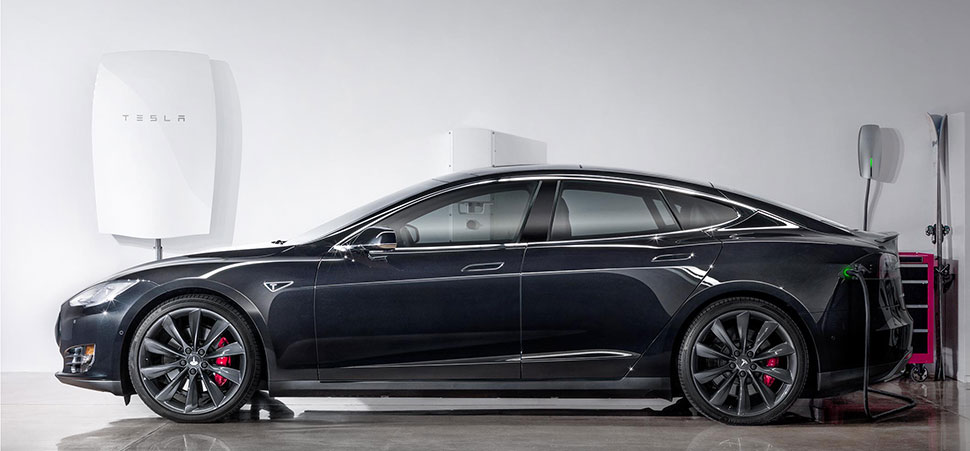With gas prices always fluctuating, you might be one of many people considering a more stable solution – an electric car.
Electric cars are still relatively new, but they are growing in popularity due to their eco-friendly benefits and the simple fact that they don’t require gas. Instead, electric cars need to be charged in order to run.

Model X electric car by Tesla Motors.
Remote Charging Stations: the new fill-up station
More and more charging stations are becoming available across the U.S. and Canada.
But only relying on charging at remote locations is not a good idea. Some EVC (Electric Vehicle Charging) stations are affiliated with hotels or businesses that only offer the service privately to guests or employees. Your best bet is to install your own charging station in your garage.
Know what you’re purchasing
First, you should know the electric “charger” is actually buried inside the vehicle. It takes the AC source from the electrons or “juice” supplied and converts it to DC so your car’s battery pack can be charged.
The part you need to purchase is the wall-mounted box with the cord and plug that supplies the volts of electricity. Technically, it’s called Electric Vehicle Service Equipment or EVSE. It allows drivers to safely connect to a source of electricity.
Choosing your home charging station
There are a variety of EVSEs on the market, usually priced without the cost of installation, but it’s important to choose the right one for your car’s needs.
Depending on the model you drive and your driving habits, you’ll want to install either a 120-volt/12-amp outlet or a 240-volt/20–40-amp outlet. The rule of thumb is: a 240 EVSE service roughly gives you 23 miles (or 37 kilometres) of range each hour of charging.

Tesla Powerwall charging a Model S in a home garage.
More power = half the time, but more cost
A 240-volt outlet will use more power in half the time of a 120V outlet, making it a good solution for those constantly on the go. But if your car is usually in the garage overnight, you can save money by running a 120V outlet during off-peak hours – even if it takes more time.
Installation: expertise and time
Sharing a circuit with additional appliances will slow down the charging process and make it difficult to properly power your vehicle. Because of the added demands on your home wiring that comes with charging an electric vehicle, find a certified electrician who is familiar with the process.
An electrician should visit your garage to determine:
- the placement of the new service in relation to how your car is parked
- complete a load calculation of all existing circuits
- complete an accurate quote in writing based on the scope of work
Make sure you give them advance notice for the installation, as there may be permits to obtain to complete the work. Also, an inspection will be needed when the work is completed.
Preparing (or pampering) your garage for your new electric car
Next, consider climate control in your garage. Electric car batteries do not handle fluctuating weather well, and while storing your car in the garage will help tremendously, you can do even better.
An insulated garage door, for example, will prevent the interior temperature from changing too drastically and will help extend the life of your car battery.
Schedule a free design consultation with Garage Living to get your garage ready for an electric vehicle and charging station.
We can help create more space for indoor parking with our storage systems, update your garage’s appearance, and make your garage more suitable for parking an electric car in during the winter.